
Beijing's National Aquatics Center, known as the "Ice Cube" and "Water Cube," uses state-of-the-art materials and techniques to reduce energy consumption by as much as 30 percent. (Photo/Xinhua)
On the occassion of World Environment Day, the International Olympic Committee has praised Beijing 2022 for its efforts in low carbon, environmental protection and sustainable development in an article published on its official website.
IOC research showed that 85 percent of all permanent venues used at the Olympic Games from Athens 1896 to Pyeongchang 2018, and 92 percent of permanent venues used in the 21st century, remain in used.
After the Games wrap up, the venues enable local communities to play more sport and engage in physical activity. They also create jobs and help regenerate cities and regions, the IOC said.
Beijing's National Aquatics Center, known as the "Ice Cube" and "Water Cube," uses state-of-the-art materials and techniques to reduce energy consumption by as much as 30 percent, the article said.
Inspired by bubbles, the center's walls use ethyltetrofluoroethylene, which is just one percent the weight of glass but is a better thermal insulator, helping to trap solar energy and allow daylight into the building, thus saving on energy or heating and lighting too.
Further innovations include energy recovery and water recycling systems. Designers say the building is one of the world's most earthquake-resistant buildings too.
As part of Beijing 2022's efforts to reduce emissions, four of the ice rinks used innovative natural CO2. The technology - used for the first time at the Olympic Games, and in China - helped reduce carbon emissions by an equivalent of 3,900 cars per year compared to traditional hydrofluorocarbon, or HFC refrigerants, the IOC said.









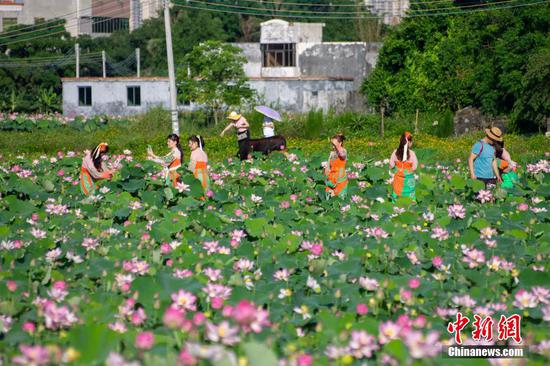

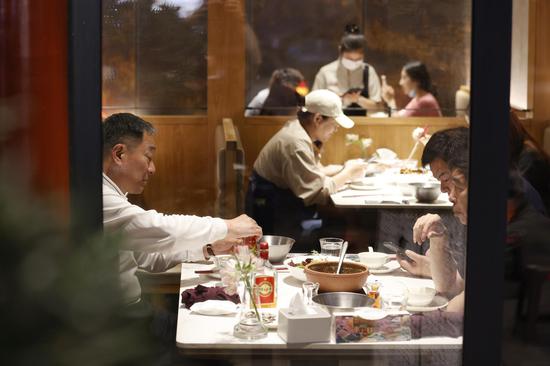


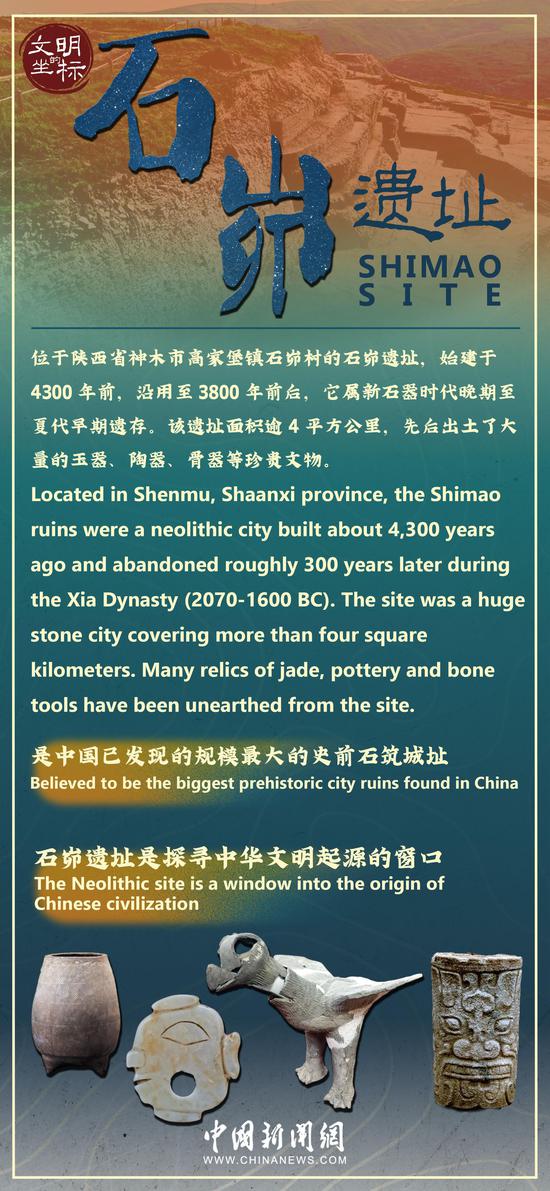






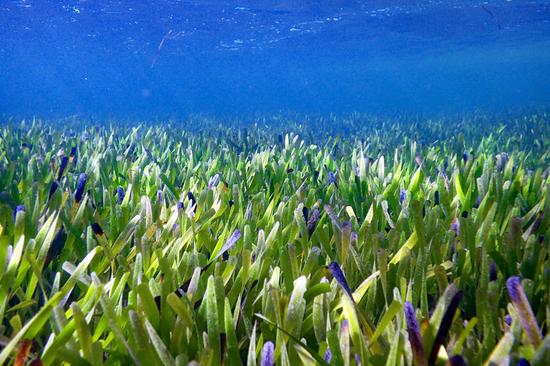


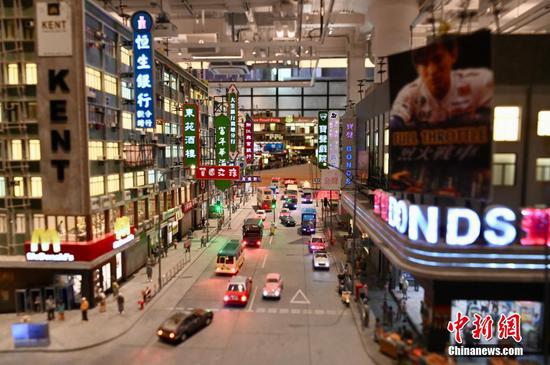

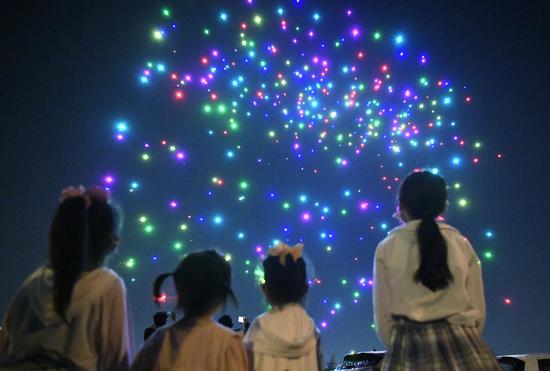
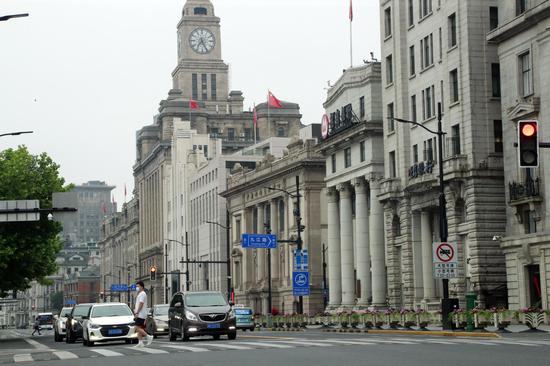



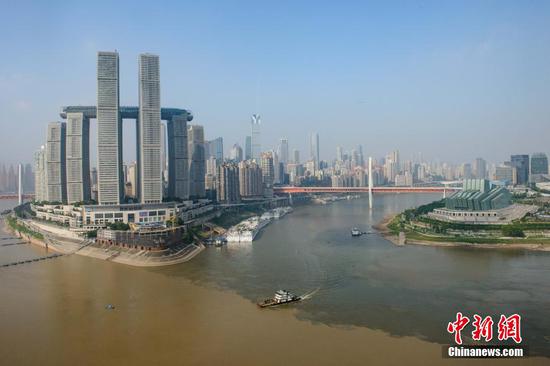



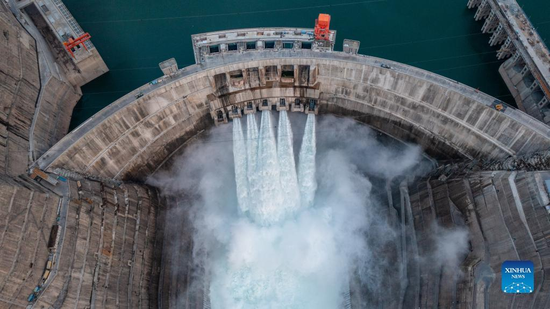
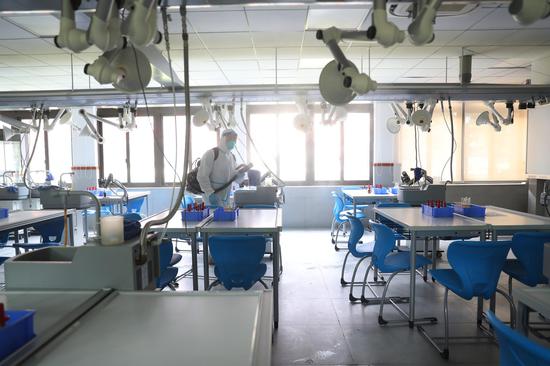





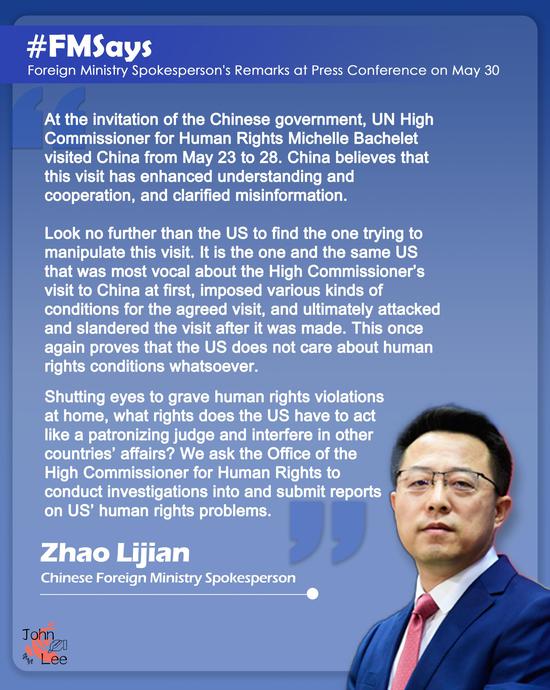




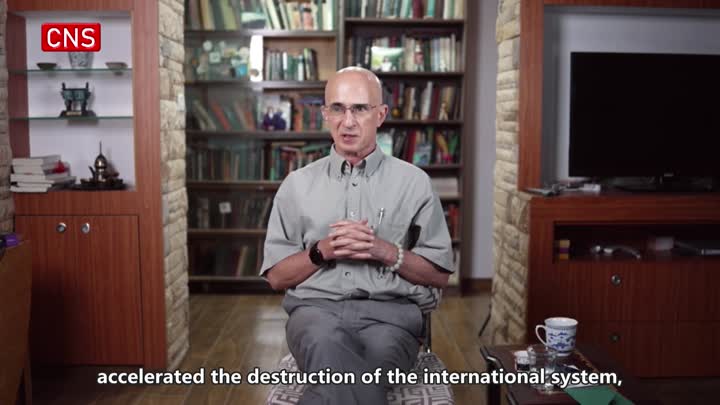

 京公网安备 11010202009201号
京公网安备 11010202009201号